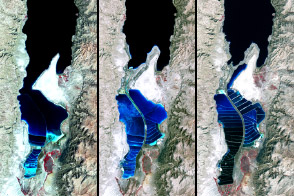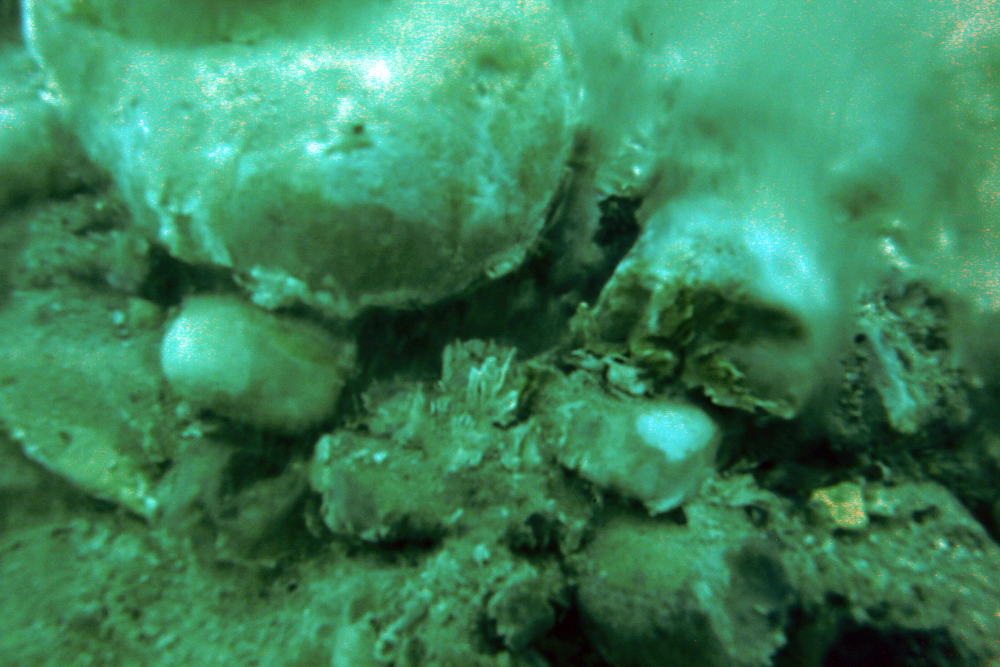
Triple Sinkhole Sunrise, a photo by Ilan Shacham. Fruchter tells NoCamels that bringing Tunick to Israel for one of his infamous mass nude photoshoots was an enlightening moment for him, turning him into an evangelist of the Dead Sea. It was aimed at building a desalination facility in Jordan and to link the Red Sea and Dead Sea. An aerial perspective of Spencer Tunick’s Naked Sea project at the Dead Sea. The increasing number of sinkholes in the water body became the subject for Mr Tunick’s second project in 2016.Īlthough there was a glimmer of hope to revive the dying sea with a $1.5-billion joint project with Palestinian authorities, Jordan this year cancelled it after a diplomatic row. Environmentalists in the early 2000s predicted that the Dead Sea will disappear by 2050 if its water level continues to drop.įor Mr Spencer’s first installation, his subjects - covered with mud from the sea - posed at the Mineral Beach, located in the northern part of the Dead Sea. The Jordan river, its primary water source, has been diverted for agricultural and other uses by Israel, Jordan and Syria. In the last three decades, the sea’s water level has depleted by almost 100 feet. The sea has receded by around four feet every year, creating thousands of sinkholes. The Dead Sea is located between Israel and Jordan. There you're able to float in the nude in the warm, ultra. “I am hoping this project will represent the body as an agent of change that will bring attention to the environmental problems of the Dead Sea area,” he said. Lo and behold, one of those 20 beaches on the list is situated in the Holy Land, in a place called Metsoke Dragot, right off the Dead Sea. "People are afraid of naked people,” Mr Tunick told the Jerusalem Post newspaper during his visit to the city last week to speak about his new project.

During his first project in 2011, he featured 1,200 people, while only 15 people modelled for him in 2016. This was the 54-year-old photographer’s third nude art project on the shores of the world’s most saline water body. The project was a part of an initiative to support the establishment of the planned Dead Sea Museum in Israel’s Arad city. Mr Tunick said he chose to cover the models in white paint to evoke the Biblical story of Lot’s wife, who allegedly turned into a pillar of salt. The volunteers included men and women ranging from 20 years old to somewhere in their sixties.

The volunteers, both men and women, stood barefoot on brown hills overlooking the sea. One thousand two hundred male and female volunteers woke up early Saturday morning to participate in a mass nude photograph by artist Spencer Tunick at the Dead Sea. Volunteers, of ages between 18 and 70, lined up across the desert near the Dead Sea in rows of 10 on Sunday and awaited instructions from the artist, who was perched on a ladder with a megaphone and a camera. Tunick acknowledges that combining nakedness, vulnerability and Jewishness could raise bad memories for those who may inevitably associate it with images taken from Nazi Holocaust death camps.īut with the naked bodies in his work, he said, “you know they’re alive and they can walk away”.Over 200 people covered only in white body paint modelled for American artist Spencer Tunick across a desert in southern Israel to raise awareness for the deteriorating condition of the Dead Sea. The aim is to shoot the installation before November, when people all over the planet will be able to vote by internet to choose the Seven Natural Wonders of the World. Spencer Tunick Photographs Nude Models To Battle Dead Sea ‘Disaster’ Image by Spencer Tunick By Marcy Oster SeptemJERUSALEM International photographic artist Spencer Tunick.

Tunick, a frequent visitor to Israel, wants to juxtapose the vulnerability of the naked body with the man-made environmental damage being inflicted on the Dead Sea, whose Jordan River water source has been diverted for agri-business. But on the bright side, he said some 700 students signed up to “get naked in order to participate” and a further 2,000 people of all ages had expressed interest in joining what Tunick calls a unique form of performance art.


 0 kommentar(er)
0 kommentar(er)
